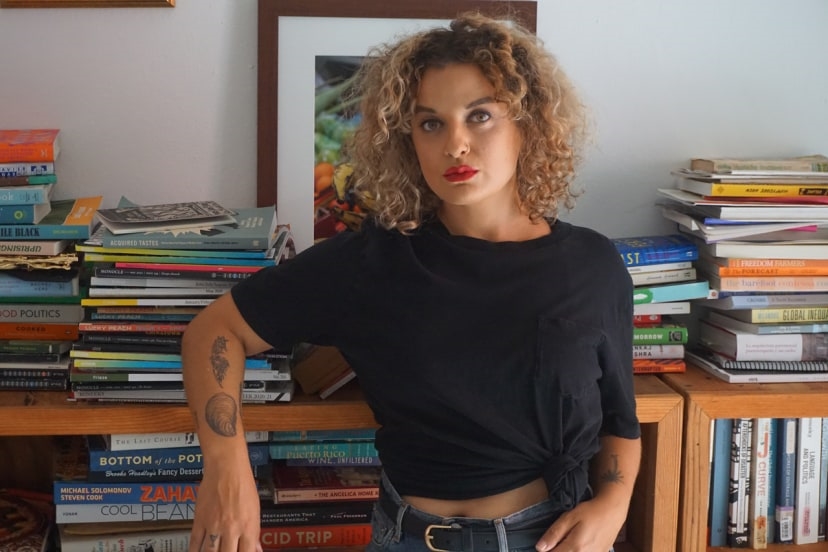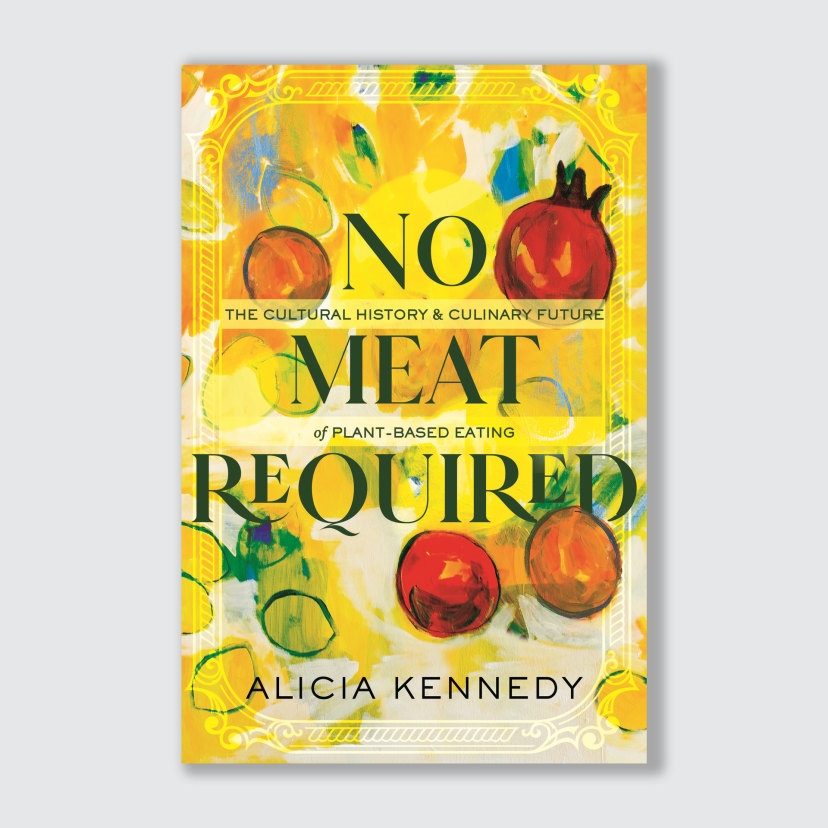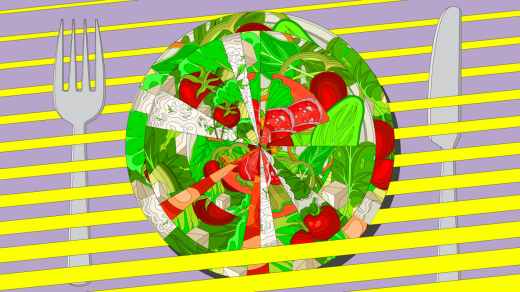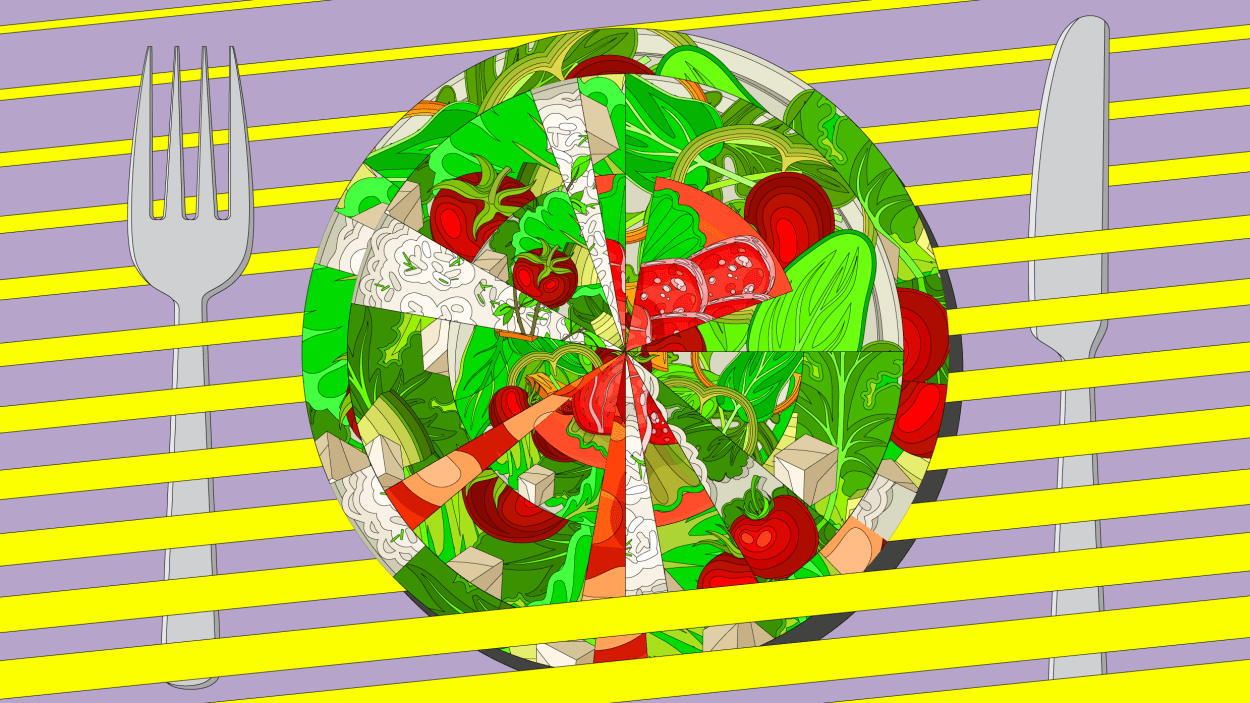What does a plant-based diet look like? Absolutely nothing like tech companies would have you believe
Something has to change about the way we eat. Globally, meat accounts for nearly 60% of the greenhouse gas emissions from food production—twice that of plant-based foods. Climate experts warn that we need to eat less meat to save our planet; the Intergovernmental Panel on Climate Change has highlighted how the food system contributes to global warming, and how plant-based diets and eating less meat are crucial to slowing climate change.
And yet, we’re eating more meat than ever. Americans eat more than 220 pounds of meat per person each year—up from 193 pounds in the early ‘80s. And we aren’t the only ones who have increased our meat consumption; in China, the average person ate 20 kilograms (about 44 pounds) of meat annually in the late 1980s, but that’s since risen to 63 kilograms, or around 139 pounds, today.

Food writer Alicia Kennedy lays out this troubling scenario in her new book No Meat Required: The Cultural History and Culinary Future of Plant-Based Eating, out today from Beacon Press. But if you’re looking for a specific diet to follow or the best plant-based burger for your summer barbecue, you won’t find it there. Instead, Kennedy takes a holistic approach to the question of how we should eat, hoping to change how readers think of meat and their overall consumption habits, from the biodiversity of their diets to the conditions of the workers, to culture and traditions embedded in food. “This is a book about what it means to remove meat from the center of our plates,” she writes. “If we do that, what do we find?”

When it comes to solving the issues of our food system, “there’s not one product” that can be the answer, Kennedy says in an interview from her home in Puerto Rico. “And there’s not one way of eating,” she adds, noting that there are places where it might make more sense for people to eat meat, like in plains and grasslands where grazing livestock isn’t as environmentally detrimental as factory farms.
That means you can’t just do a one-for-one swap of “sustainable” alternatives into your current diet, though that may be what people want to hear, since it’s the easy answer. Still, there are places that has happened: Take oat milk, which so many people now use in their coffee that national coffee chains like Blue Bottle have made it their default milk. “That’s been such an easy switch,” she says. “And so people want to believe that there will be an easy switch for everything else. But there won’t be, because how we eat is so complex.”
And if you’re thinking that plant-based meats like Impossible and Beyond can be those simple swaps for our diet, Kennedy urges you to think again. In her book, she draws parallels between these new products she calls “tech meat” and the traditional meat industry, highlighting how these products still center meat on our plates—and fail to address other issues in our food system. “Even without actual beef, how does a corporate tech-faux-meat patty manufactured from genetically modified soy protein, served by underpaid labor and likely garnished with a tomato picked by a slave-wage worker and on a bun made of GMO wheat flour, truly change the system that beef built?” she writes.
Plant-based eating has likely never had more attention that it does today—but it’s not new. There’s a rich history of vegetarian and vegan diets that Kennedy also explores: The mock meats made from tofu or wheat gluten that vegetarian Buddhist monks in China have long fed to their “omnivorous visitors”; the vegetarian hippies of the 1970s and The Farm commune; the vegan recipes that spread through self-published punk zines. A particularly surprising fact she highlights is that almond milk has been around since 1226 CE, when it was mentioned by “the scribe of Baghdad,” Al-Baghdadi, in a manuscript.
This places plant-based eating as part of a long, rich history, rather than a new oddity or fringe concept. “I think a lot of the reason that omnivores broadly, and omnivores in food media specifically, are able to view veganism or plant-based eating as a novelty or something alternative and weird is because they never dove into this,” she says. “It loses so much of its significance and political and cultural ethos in being watered down and just seen as a little novelty.”
We’re already starting to see glimpses of the world Kennedy envisions and advocates for, one that decenters meat from our plates while keeping food full of diversity, whether in culture or ingredients. In our interview, she points to articles about how we should put actual veggies back in our veggie burgers, or how legacy food media is publishing recipes like bulgogi tofu burgers.
This way of eating shows that the “tech” plant-based burgers or promises of lab meat aren’t the only way to solve food’s climate problems and underscores that even if processed plant-based products are seeing declining sales, there are still other environmentally friendly ways to eat. This is part of the history of plant-based eating; Kennedy says that when she first gave up meat, she researched that history and saw a pattern where meat eaters tend to respond better to plant-based food that is recognizable as vegetables, grains, legumes. “As long as you make those things delicious, people will eat it,” she says. A recent study out of MIT supports that: It found that removing “vegan” or “vegetarian” labels on menus gets more traditional meat-eaters to pick those options. “People are very, very open to eating vegetables, grains, legumes more than anyone gives anyone credit for,” Kennedy says.
Which of these specific ingredients you choose should depend on where you are—which gets back to Kennedy’s point about biodiversity. As a resident of a Caribbean island, she thinks about what to eat based on what’s local. “It’s what makes sense for where you are,” she says.
But though she can’t tell you broadly what to eat, she’s sure on what the food system can’t be: more of the same. By that she means more food produced with our current extractive, harmful ways, by using too much land, by planting monocrops, by using exploitative labor. “The solution has to be biodiversity, and it also has to be cultural diversity and it has to be regional diversity. The way we’ve done the thing has been the cause of the problem,” she says. “We can’t see the solution in just putting a different lipstick on the same approach to agriculture, the same approach to corporate control of the food system.”
(14)



